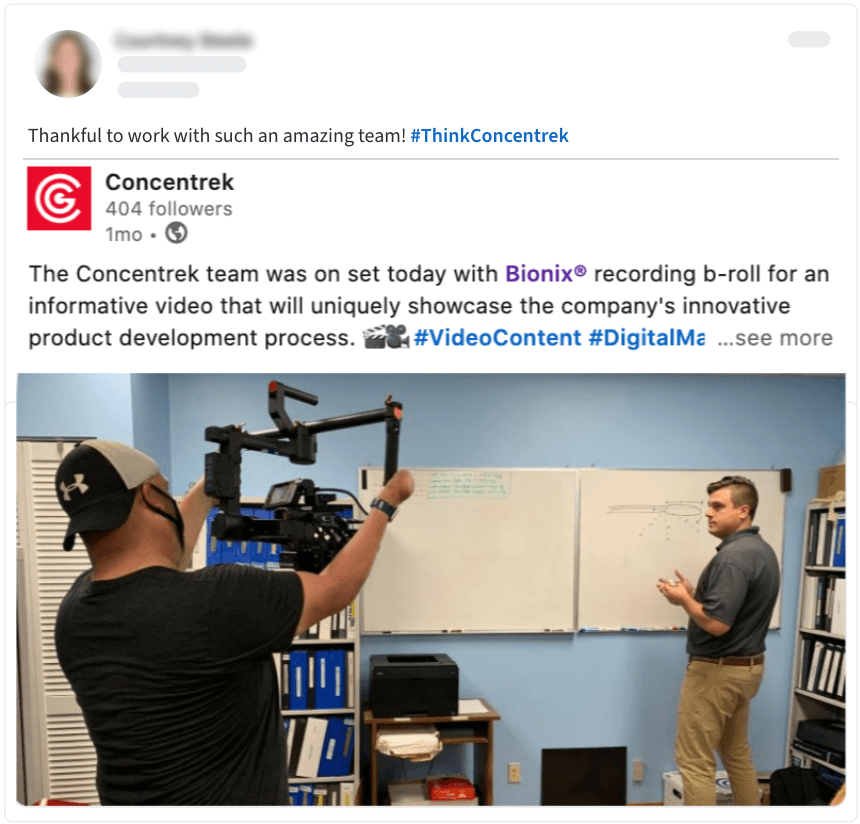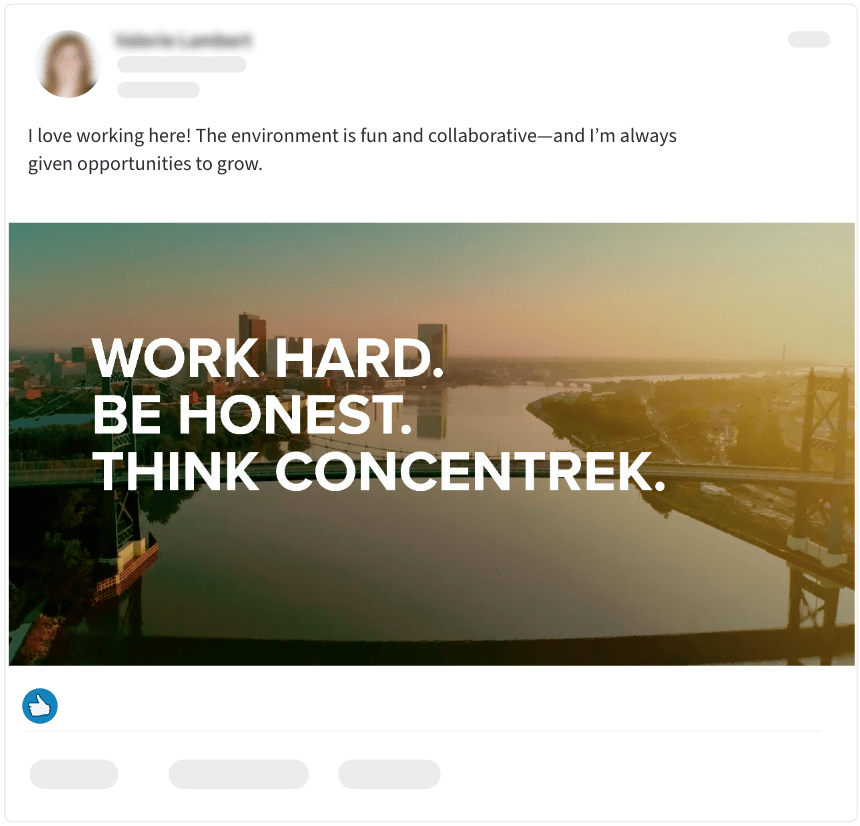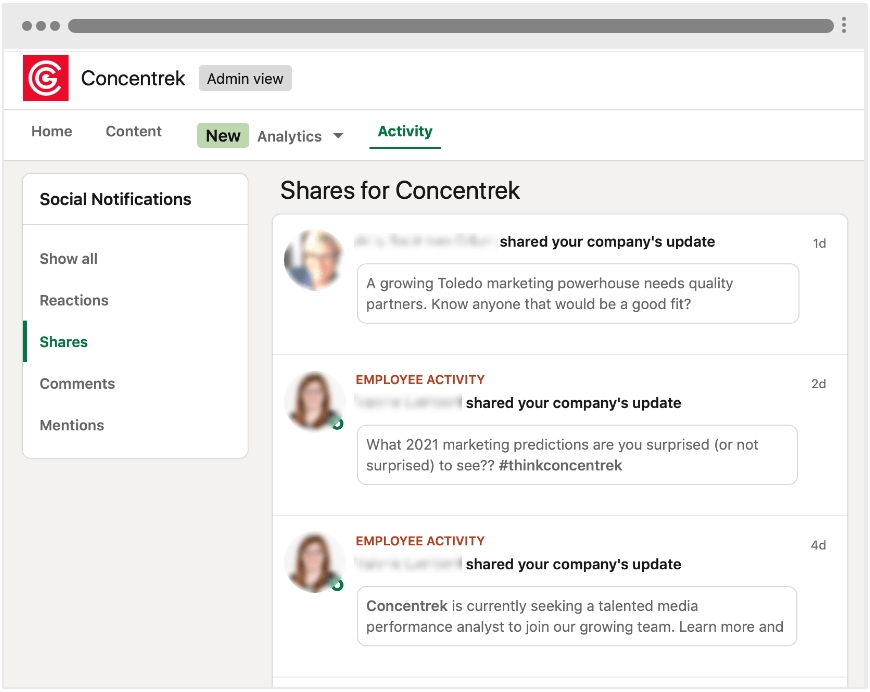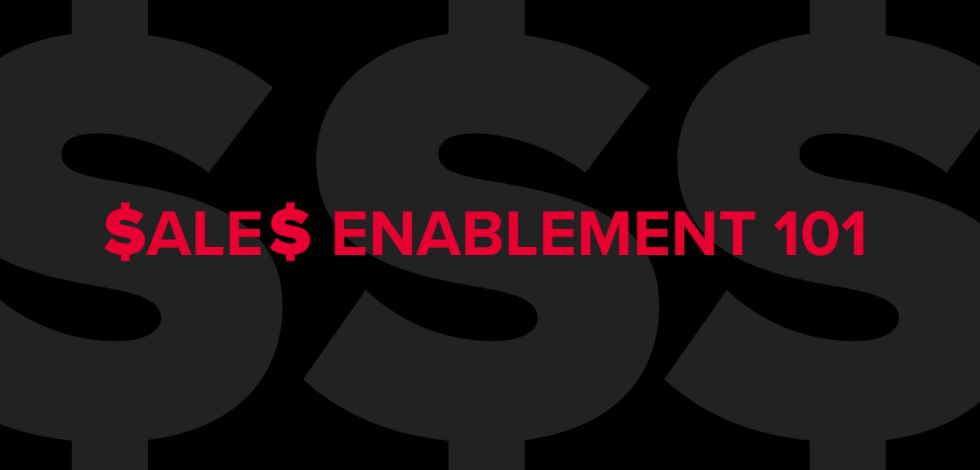As our world becomes more driven by digital and social platforms, the need to engage employees in an authentic and meaningful way becomes essential. While tactics like incentives and giveaways can still be effective, it’s important for brands to consider the role that social media plays in the equation.
Employee advocacy is the process of empowering your employees to share useful, quality content with their own social networks in order to magnify your company’s overall brand presence. These programs are a low-cost, high-return approach to increasing brand awareness, driving engagement and fueling the pipeline to grow your business.
![]()
What is an Employee Advocate?
At its center, employee advocacy is the promotion of an organization by members of that organization. According to Sprout Social, an employee advocate is someone who:
- Generates positive exposure and raises awareness for a brand through digital media or offline channels
- Recommends a company’s products or services to a friend or family member
- Represents the best interests of the company both internally and externally
- Can help build employee “ownership” of the organization
- Is an expert on your product or service and can be a credible spokesperson for your company
As more and more business dealings move online, engaged employees become a vital piece of your marketing plan. By leveraging the power of their personal social platforms, you can amplify your brand presence and improve your reputation as an employer of choice.
“As a marketing tactic, employee advocacy is a strategic, sustainable program that encourages employees to share brand values and messages in an organic way.”
What are the Benefits of Employee Advocacy?
Capturing the attention of your audience and customers in an online environment can be more difficult for a brand than an individual. Encouraging employees to share blog posts, photos and other resources from your company can help significantly amplify the reach of that content in a cost-efficient manner.
LinkedIn Business reports that on average, a company’s employees’ networks are at least 10x larger than a company’s follower base. When your colleagues share a post, it is seen as 3x more authentic, which helps the message cut through the clutter of advertising people see every day. People are more likely to engage with content when it comes from someone they know than when it comes from a company.
When employees share content, they typically see a click-through rate that is 2x higher than when their company shares the same content.
Before jumping into an employee advocacy effort of your own, though, there are several steps to consider beyond simply providing content for employees to share.
First, it’s important to understand the goals of your employee advocacy program and how you will support and educate employees to help the company reach those goals.
Goals of Employee Advocacy
You should design your employee advocacy plan with goals in mind and a set of metrics in place that will help measure progress toward those goals. The program should be sustainable, with a plan in place for keeping enthusiasm up with support from management.
Many well-known brands utilize an employee advocacy program for:
- Boosting brand visibility
- Driving more quality leads
- Increasing social engagement
- Saving costs on paid advertising
- Increasing lead pipeline
- Expanding reach organically
While there are many possible goals for an employee advocacy program, three primary areas are attracting new business, supporting marketing and aiding recruitment efforts.
New Business Growth
In addition to raising brand awareness, the main outcome of an employee advocacy program is often framed around attracting new business. Elevating your brand by using the LinkedIn networks of your employees can dramatically increase your company’s visibility, often capturing the attention of new prospects. You can reach this objective by encouraging your employees to share content that will appeal to the types of customers you’d like to do business with.
An employee advocacy program that seeks new business development might focus on:
- Articles relevant to your audience with helpful insights
- Case studies and testimonials that highlight your strengths
- Thought leadership articles from leadership and executives
- Educational or instructional pieces that help answer questions and solve problems
Marketing Support
 When employees share your content on their personal LinkedIn profiles, it is seen as more authentic than corporate shares— and people are more likely to actually engage with the content. This means that employee advocacy reliably boosts awareness, driving followers back to your Company Page or website and enhancing your overall marketing engagement metrics.
When employees share your content on their personal LinkedIn profiles, it is seen as more authentic than corporate shares— and people are more likely to actually engage with the content. This means that employee advocacy reliably boosts awareness, driving followers back to your Company Page or website and enhancing your overall marketing engagement metrics.
Despite the growing popularity of employee advocacy among marketing departments, a large number of brands have yet to activate their employees as marketing assets. Your employees are your most authentic brand advocates and when they share content about their work, it’s far more engaging than when it comes from your company alone.
Recruitment Assistance
 As the hiring market becomes increasingly competitive, brands are now focusing on employee advocacy programs more than ever before. A successful employee advocacy program has the potential to impact your company’s bottom line through saved time and resources for HR, marketing and sales departments.
As the hiring market becomes increasingly competitive, brands are now focusing on employee advocacy programs more than ever before. A successful employee advocacy program has the potential to impact your company’s bottom line through saved time and resources for HR, marketing and sales departments.
The cost of traditional recruitment can be high, and utilizing LinkedIn organically is a far less expensive way to reach potential recruits. Encourage current employees to share their experiences online. This positive sentiment about your brand, as told by the people who work there, shows authenticity and builds trust—helping enhance your recruitment efforts through a budget-friendly approach.
Creating Your Employee Advocacy Program
LinkedIn notes four important steps for building a successful employee advocacy program:
- Build: How your employee advocacy program will work
- Educate: How your employees can play their part
- Engage: How your employees can get involved and stay engaged
- Measure: How you can improve and reinforce your program
Build
The first step in building a thoughtful employee advocacy program involves strategic planning for a few key elements. Many companies begin by defining a specific social media policy, detailing what is approved for employees to share on social media and what is confidential. Providing these guidelines up front for your employees will help them feel more comfortable actively promoting your company on LinkedIn and other social channels.
It’s then critical to develop a content distribution plan that will establish how and when content will be shared with your employees and followers, ensuring the plan is updated regularly as new employees are added. By incorporating your advocacy plan into your onboarding process, you can engage new employees right away—and sharing content on LinkedIn will be viewed as part of their job role.
Ensure that you also nominate “employee champions” when building your advocacy program. An ideal employee champion is already active on social media and is familiar with sharing content from your company. The champion acts in a leadership position to assist with getting others on board with the program.
Educate
It’s imperative that employees feel comfortable with what they’re sharing and how they’re interacting online. You should train your employees on how LinkedIn can be used to promote your brand, which can be done through a formal training course or a lunch and learn. You can also provide a guidebook with tips for sharing company content.
Work to promote your employer brand internally to ensure your employees are familiar with your value proposition and mission. Internal promotions could include creating a presentation deck, talking about it at company-wide meetings—or even giving out small prizes that show what’s most important. Whatever it is, it should get your employees excited!
Once you have a plan in place for an employee advocacy program and have educated your employees about it, the next step is to take action.
Engage
 It’s critical to make content easy for employees to share. You can start by providing pre-written social media posts and links that are simple to copy and paste to share on LinkedIn. To increase accessibility, ensure you have specified a singular content sharing location for employees to access these valuable resources.
It’s critical to make content easy for employees to share. You can start by providing pre-written social media posts and links that are simple to copy and paste to share on LinkedIn. To increase accessibility, ensure you have specified a singular content sharing location for employees to access these valuable resources.
You can also create a specific company hashtag, like #CompanyNameLife, to provide people with a quick and easy way to post and find relevant content. Allow employees from different departments to publish the work they do, what their day-to-day is like or the latest news and events happening in their part of the industry. Another option is building out content libraries where staff members can easily access approved content pieces to share via social media, email or mobile.
No matter which method of content distribution you choose, be sure to communicate this with your team members so that they have a clear understanding of how to easily access beneficial resources and content.
Measure

To see the highest impact from your employee advocacy program, you should be continually monitoring, improving and reminding your employees about it.
The return on employee advocacy efforts can be considered in three buckets:
- Retention
- Revenue
- Reputation
Once you confirm what your key metrics are, you can evaluate what is working and what needs to change. This can be tested by running through five metrics that help improve the ROI of your employee advocacy efforts:
- Employee advocacy increases engagement
- Employee advocacy drives leads
- Employee advocacy saves time and resources
- Employee advocacy affects your clients and workforce
- Employee advocacy drives a sense of brand purpose
Remember: Feedback from your employees will be very important in analyzing ongoing success and can guide revisions to your program. Ensure you are consistently listening to your employees—and adjusting your advocacy program to meet their needs and successfully grow your program.
Wrapping It Up
Your employees will continue to be your strongest LinkedIn advocates—so make sure that you are prioritizing them. Building a streamlined process for advocacy on LinkedIn can help your company meet its business goals, enhance marketing initiatives and grow recruitment efforts. Ultimately, when done correctly, employee advocacy will help engage your employees and grow your brand’s presence.
Take the Next Step
Ready to work with a team experienced in crafting LinkedIn employee advocacy programs? Reach out to us today.




